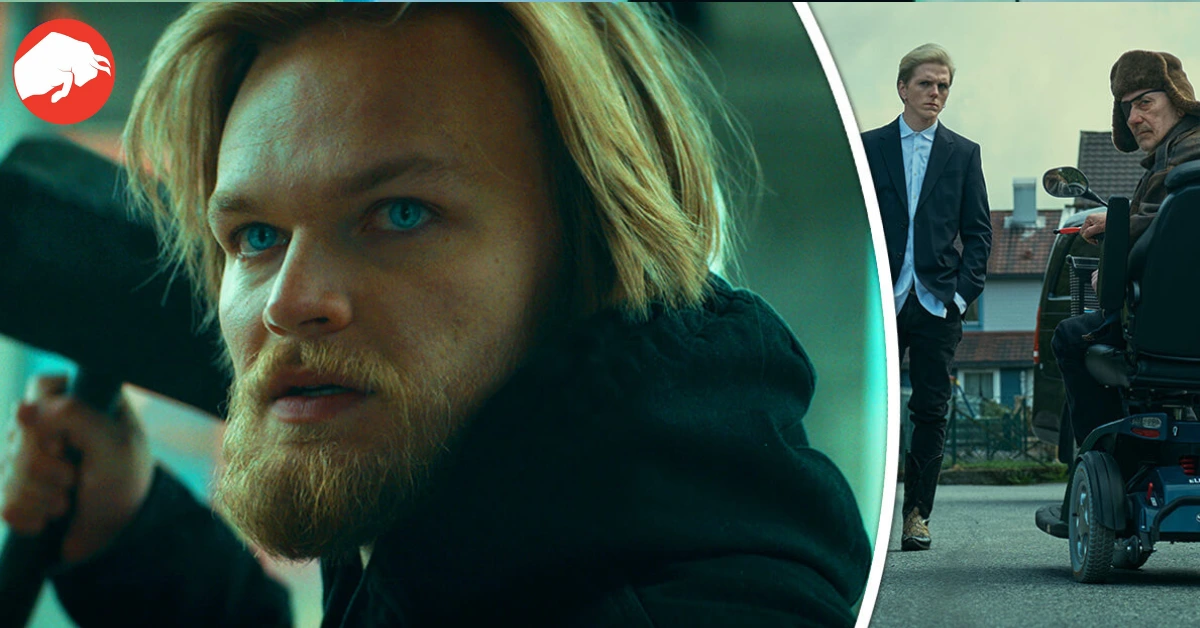Netflix’s Norwegian sensation “Ragnarok” has had its fair share of critics and followers since its inception in 2020. The teen drama, which centers on Magne’s realization of being Thor’s reincarnation, has been both praised and criticized for its storytelling. But it was the season 3 finale that took everyone by storm with a twist few saw coming, despite its foreshadowing.
The series follows Magne as he navigates high school and the challenges that come with realizing one’s destiny. Throughout the series, Magne has his hands full: combating the corrupt Jutuls, grappling with his relationship with his brother Laurits, and managing his love life. Amidst his fights against industrialists and navigating personal relationships, Magne somehow finds the strength to graduate from high school, signaling an end to his tumultuous teen years.
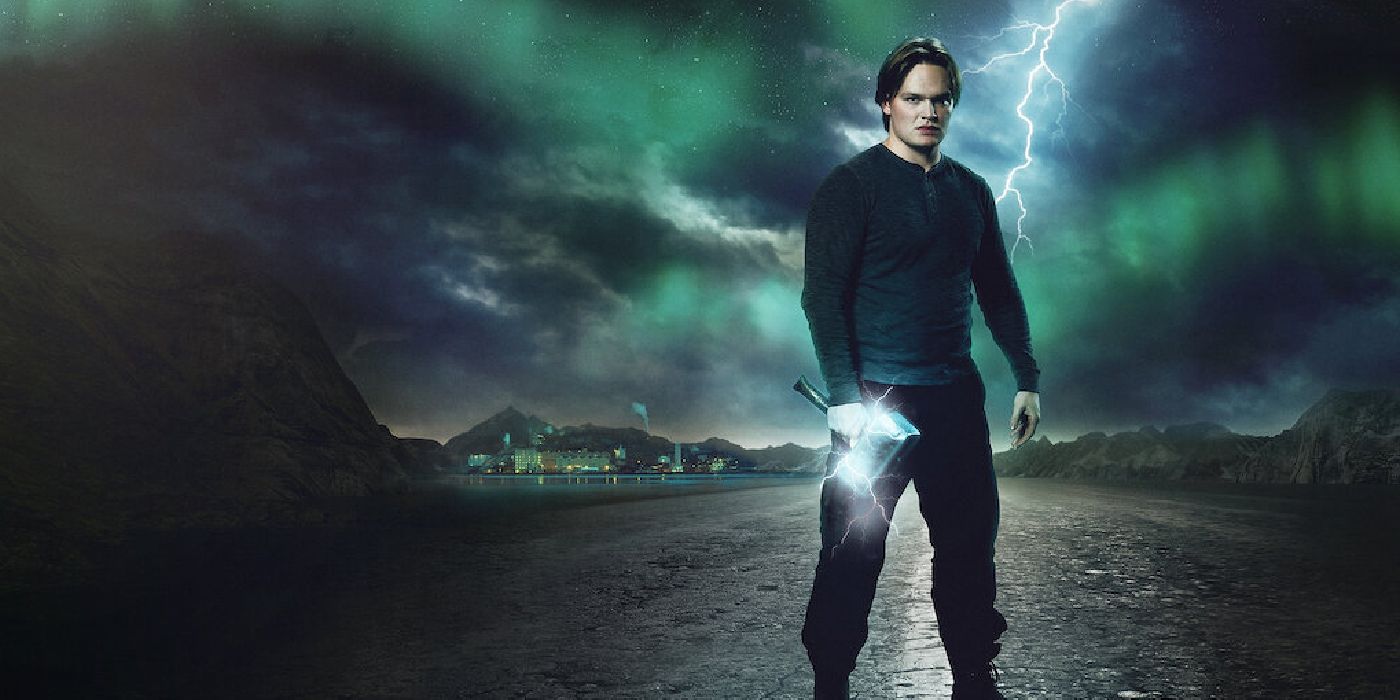
However, just when it seemed things might take a turn for the better, the finale drops a bombshell: the mythical events, the battles, and the supernatural occurrences were all a product of Magne’s imagination.
The Dreamlike Realm of Magne’s World
In a captivating turn of events, while the graduation unfolds, viewers witness a spectacular battle: Jens being shot by Hod, and Laurits deploying giants against gods. But the twist that follows leaves everyone dumbfounded: all these dramatic events had been happening inside Magne’s head.

The visual cues that lead to this revelation are hard to miss. From Magne’s observation of Hod playing with a bow and arrow to the surrounding crowd’s indifference towards the unfolding chaos, it becomes clear that Magne’s perception of reality is, to some extent, skewed.
The finale further delves into Magne’s psyche, revealing a forgotten collection of Thor comic books from his youth. The presence of these comics, along with a toy hammer, subtly implies that Magne had been interpreting his real-life events through the lens of these heroic tales.
Straddling the Line Between Reality and Fantasy
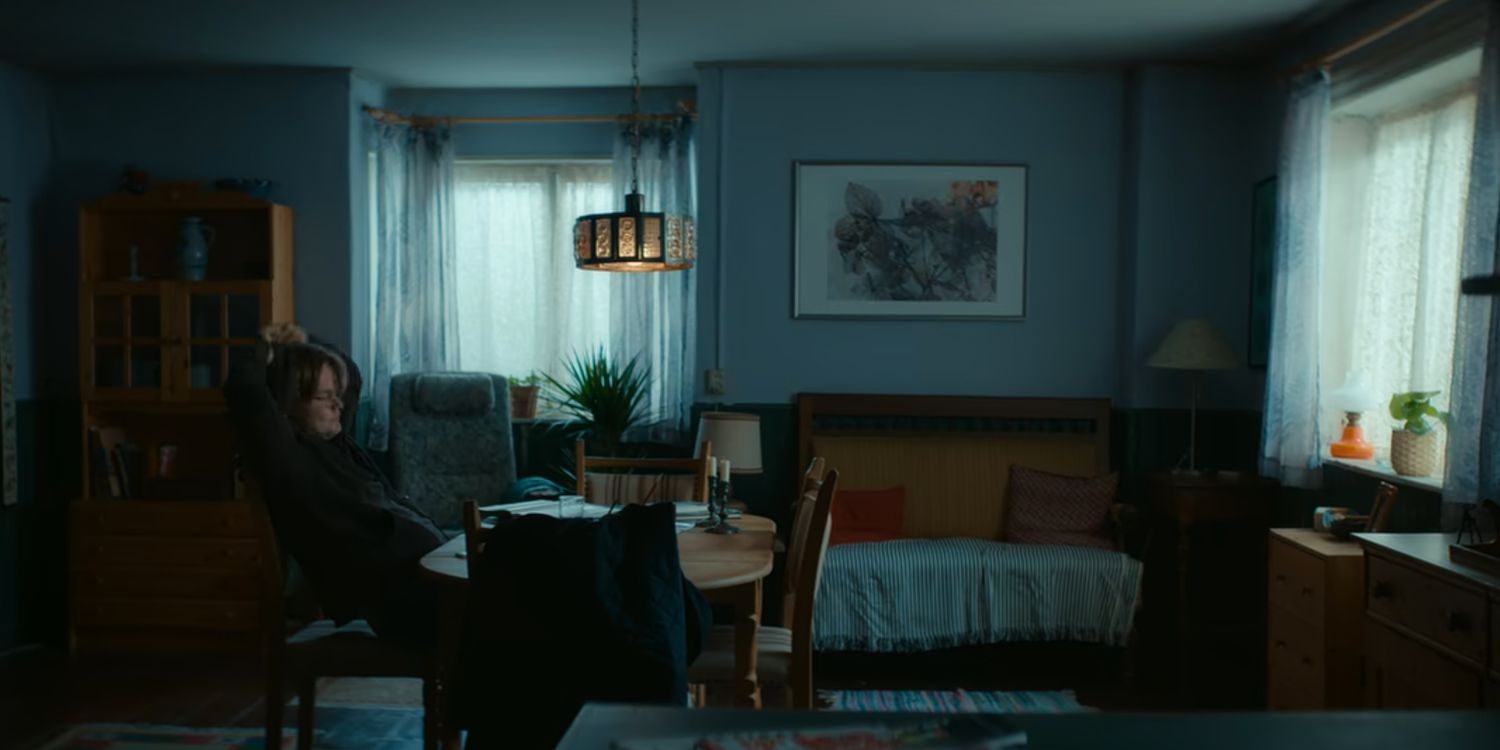
Although Ragnarok insinuates most of the mythical narrative was Magne’s imagination, the tangible actions of the protagonist — especially those against the Jutuls and their polluting endeavors — weren’t merely figments of his imagination. This distinction becomes evident as Magne revisits his old comics and memories, suggesting a blurred line between fantasy and reality in his life.
Magne’s graduation signifies more than just the end of his high school journey. By discarding his cherished childhood comic books, he acknowledges the need to evolve and face the adult world’s intricacies without the crutch of his imaginative tales.
Bidding Adieu to Fantasies
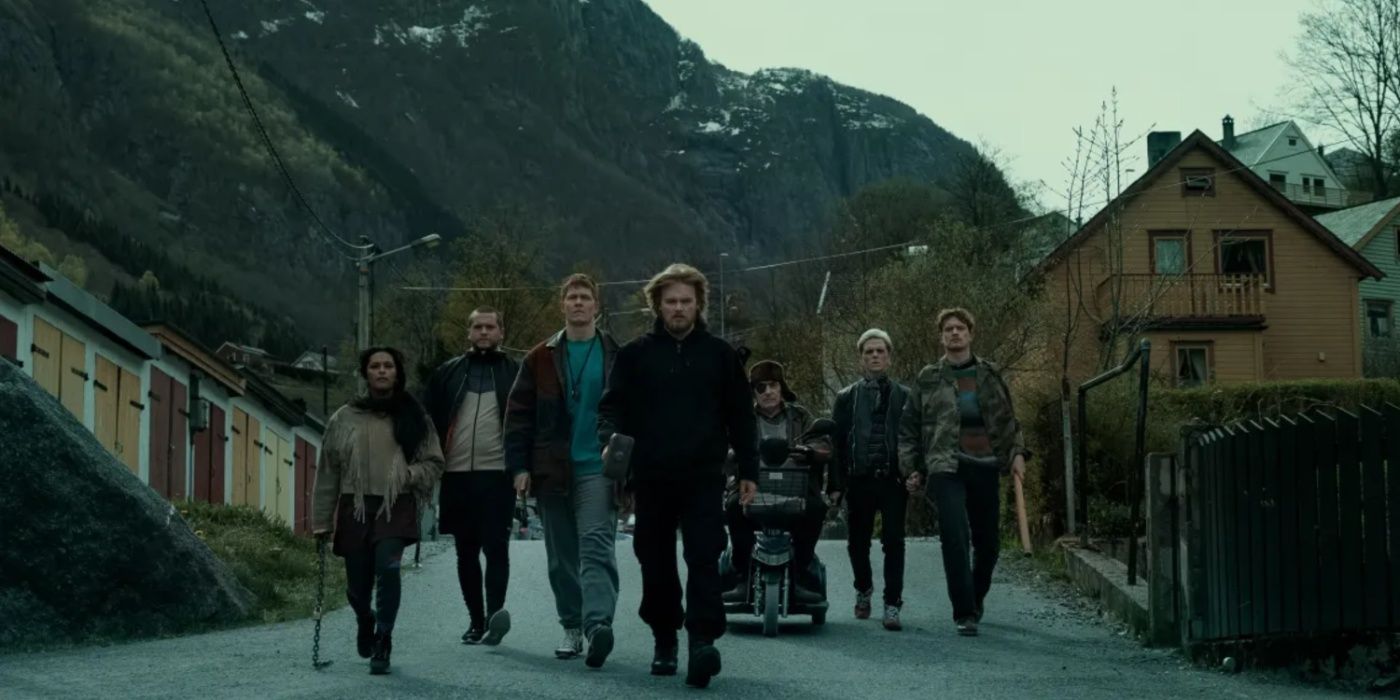
An emotional highlight of the finale is Magne’s reconciliation with Signy, symbolically marking his journey’s culmination. By laying down the graduation rose, which metaphorically represents Thor’s hammer, Magne accepts reality, forgoing his imaginary escapades.
The Controversial Finale and Its Implications
Concluding a series with revelations like “It was all a dream” tends to stir controversies. While some events in Ragnarok, such as Isolde’s tragic death, indeed took place, the line between the show’s reality and fantasy elements remains ambiguous. This blurry distinction poses questions about the series’ intent, particularly since it had earlier hinted at Magne’s possible schizophrenia.

Despite the potential contradictions, the finale of Ragnarok offers a profound commentary on growing up. By letting go of his imagined alter-ego, Magne faces the world, accepting the responsibilities that come with adulthood. The message is clear: sometimes, the most challenging battles we face are not with external enemies but with our internal struggles and perceptions.
Concluding Thoughts
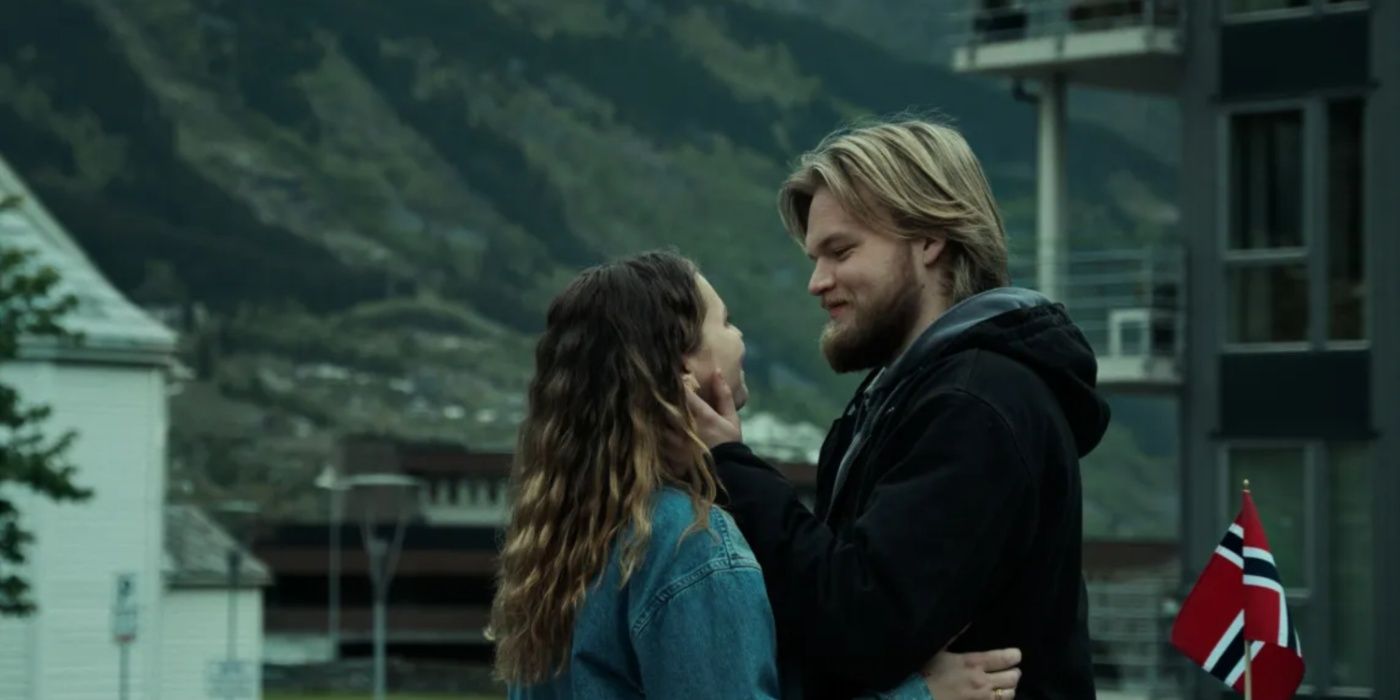
“Ragnarok’s” conclusion, though divisive, delves deep into the human psyche’s complexities. Its portrayal of the transition from childhood dreams to adult realities reminds viewers of the bittersweet journey of growing up. Whether or not the viewers accept the ending, the show’s narrative brilliance is undeniable, making it a series worth reflecting upon.


